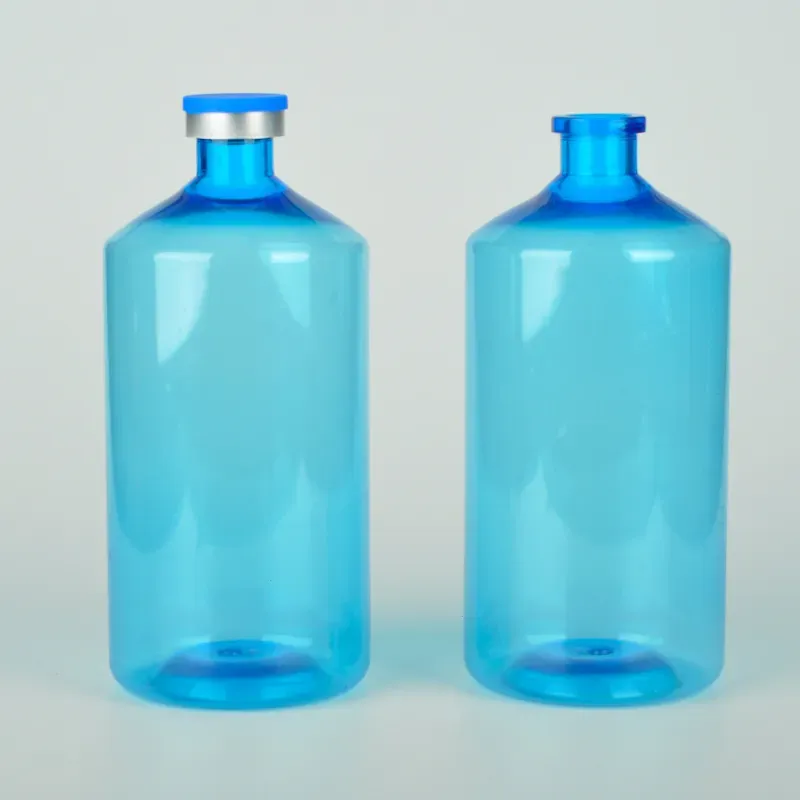
-
 Afrikaans
Afrikaans -
 Albanian
Albanian -
 Amharic
Amharic -
 Arabic
Arabic -
 Armenian
Armenian -
 Azerbaijani
Azerbaijani -
 Basque
Basque -
 Belarusian
Belarusian -
 Bengali
Bengali -
 Bosnian
Bosnian -
 Bulgarian
Bulgarian -
 Catalan
Catalan -
 Cebuano
Cebuano -
 Corsican
Corsican -
 Croatian
Croatian -
 Czech
Czech -
 Danish
Danish -
 Dutch
Dutch -
 English
English -
 Esperanto
Esperanto -
 Estonian
Estonian -
 Finnish
Finnish -
 French
French -
 Frisian
Frisian -
 Galician
Galician -
 Georgian
Georgian -
 German
German -
 Greek
Greek -
 Gujarati
Gujarati -
 Haitian Creole
Haitian Creole -
 hausa
hausa -
 hawaiian
hawaiian -
 Hebrew
Hebrew -
 Hindi
Hindi -
 Miao
Miao -
 Hungarian
Hungarian -
 Icelandic
Icelandic -
 igbo
igbo -
 Indonesian
Indonesian -
 irish
irish -
 Italian
Italian -
 Japanese
Japanese -
 Javanese
Javanese -
 Kannada
Kannada -
 kazakh
kazakh -
 Khmer
Khmer -
 Rwandese
Rwandese -
 Korean
Korean -
 Kurdish
Kurdish -
 Kyrgyz
Kyrgyz -
 Lao
Lao -
 Latin
Latin -
 Latvian
Latvian -
 Lithuanian
Lithuanian -
 Luxembourgish
Luxembourgish -
 Macedonian
Macedonian -
 Malgashi
Malgashi -
 Malay
Malay -
 Malayalam
Malayalam -
 Maltese
Maltese -
 Maori
Maori -
 Marathi
Marathi -
 Mongolian
Mongolian -
 Myanmar
Myanmar -
 Nepali
Nepali -
 Norwegian
Norwegian -
 Norwegian
Norwegian -
 Occitan
Occitan -
 Pashto
Pashto -
 Persian
Persian -
 Polish
Polish -
 Portuguese
Portuguese -
 Punjabi
Punjabi -
 Romanian
Romanian -
 Russian
Russian -
 Samoan
Samoan -
 Scottish Gaelic
Scottish Gaelic -
 Serbian
Serbian -
 Sesotho
Sesotho -
 Shona
Shona -
 Sindhi
Sindhi -
 Sinhala
Sinhala -
 Slovak
Slovak -
 Slovenian
Slovenian -
 Somali
Somali -
 Spanish
Spanish -
 Sundanese
Sundanese -
 Swahili
Swahili -
 Swedish
Swedish -
 Tagalog
Tagalog -
 Tajik
Tajik -
 Tamil
Tamil -
 Tatar
Tatar -
 Telugu
Telugu -
 Thai
Thai -
 Turkish
Turkish -
 Turkmen
Turkmen -
 Ukrainian
Ukrainian -
 Urdu
Urdu -
 Uighur
Uighur -
 Uzbek
Uzbek -
 Vietnamese
Vietnamese -
 Welsh
Welsh -
 Bantu
Bantu -
 Yiddish
Yiddish -
 Yoruba
Yoruba -
 Zulu
Zulu
Optimizing Spray Bottle Output for Efficient Dispensing Rates and Usage
Understanding the Spray Bottle Rate A Closer Look
Spray bottles are ubiquitous household items, used for a variety of tasks including cleaning, gardening, and personal care. The efficiency and effectiveness of a spray bottle largely depend on its spray rate, which is defined as the amount of liquid dispensed per second when the nozzle is activated. Understanding the spray bottle rate can help users make informed decisions about which products to choose and how to use them effectively.
The spray rate is crucial in determining how well a product adheres to its intended purpose. For example, a cleaner with a high spray rate may cover larger areas quickly, which is beneficial for cleaning larger surfaces. Conversely, a lower spray rate allows for more controlled application, ideal for delicate tasks like watering small plants or applying skin products. Therefore, the right spray rate can significantly enhance the user experience and the effectiveness of the product.
Manufacturers design spray bottles with various nozzle types and mechanisms to achieve specific spray rates. A fine mist is typically produced by adjusting the nozzle to create smaller droplets, which increases the surface area that the liquid covers. This is particularly advantageous for products like fragrances or light cleaners, where even distribution is key. On the other hand, a more powerful spray, ideal for stubborn stains or heavy-duty cleaning, requires different nozzle designs that allow for a stronger force of liquid release.
spray bottle rate

Another factor to consider is the viscosity of the liquid being sprayed. Thicker liquids, such as oils or gels, often require a spray bottle designed specifically for those substances. These bottles typically feature specialized nozzles that can handle the greater resistance to flow. Using an inappropriate bottle can lead to clogging or an unsatisfactory spray rate, diminishing the effectiveness of the product.
Consumer preferences also play a role in the importance of spray rate. Many users tend to lean towards products that provide a satisfying experience, often associated with a consistent and pleasant spray. The sound of a spray bottle, the feel of the trigger, and the visual of a fine mist can all impact user satisfaction.
In conclusion, the spray bottle rate is a critical aspect that can influence the functionality of a product. Whether you are cleaning your home, tending to your garden, or taking care of your personal hygiene, understanding the implications of different spray rates can enhance your overall experience. When selecting a spray bottle, consider the intended use, the type of liquid, and the desired spray characteristics. By doing so, you can ensure that you are equipped with the best tools to meet your needs, maximizing both efficiency and satisfaction in your tasks.
-
PTFE Centrifuge Tubes - Chemical Resistant, Leak-proof, Ideal for Laboratory UseNewsJul.05,2025
-
Premium Metal Dropper Bottle for Precise Dispensing 250ml & 1ml Options AvailableNewsJul.04,2025
-
20 ml Headspace Vials - High Quality Polyethylene & Plastic Vials for Lab UseNewsJul.04,2025
-
Small Bottle with Pipette - Precise Dispensing 100ml Pipette Bottles for Essential Oils & Lab UseNewsJun.24,2025
-
Acetic Anhydride Bottle for Accurate Dropper Measurement in Pharmacy Use High-Quality Dropper BottlesNewsJun.10,2025
-
Innovative PET Bottle Design for Juice – Unique Shapes & Customization OptionsNewsJun.10,2025






















